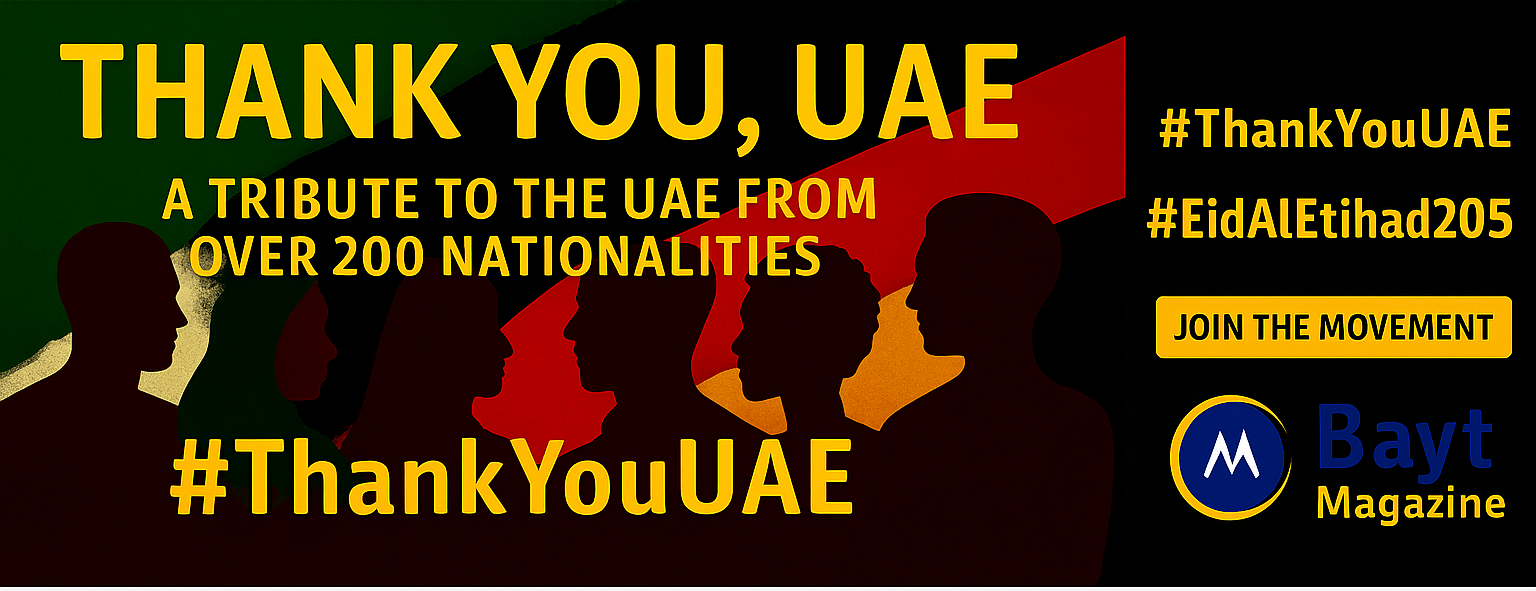
UAE Sets New Excise Duty: Sugar Drinks Face Higher Tax Rates
The UAE faces one of the world’s highest diabetes rates, with 20.7% of its adult population affected. The country plans to implement a groundbreaking excise duty system for sweetened beverages. Their new approach will move from a flat-rate system to a tiered volumetric model based on sugar content starting January 2026. This system will categorize sweetened drinks by their sugar concentration per 100ml, bringing a fundamental change to product taxation.
UAE’s current system applies a flat 50% excise tax on sweetened beverages, whatever their sugar content. The Federal Tax Authority (FTA) has now finalized a more precise approach that relates taxation directly to sugar levels. This complete excise duty example shows how UAE adapts its taxation framework to address public health issues. The current model treats carbonated drinks as a separate category, but the updated system will assess all products with added sugar or sweeteners. These include concentrates, powders, and extracts that can become beverages.
The revised excise tax creates distinct brackets for different beverages. High-sugar drinks contain 8g or more per 100ml, moderate-sugar drinks have 5g to less than 8g per 100ml, and low-sugar drinks contain less than 5g per 100ml. Artificially sweetened drinks will not be taxed[-2]. This progressive taxation helps distinguish UAE’s strategy from custom duty and excise duty policies in neighboring countries. Their approach could become a model for other nations that don’t deal very well with high diabetes and obesity rates.
UAE introduces sugar-based excise duty for 2026
Image Source: JobXDubai
The Ministry of Finance has completed legislative amendments to implement a new sugar-based excise duty system throughout the UAE. This most important tax reform will take effect on January 1, 2026. The new system will replace the current fixed-rate structure with a graduated system that directly connects taxation rates to sugar content in beverages.
FTA confirms rollout date and legislative readiness
The Federal Tax Authority (FTA) has officially set the January 2026 implementation timeline. Businesses now have over a year to prepare for the transition. The announcement comes after completing the needed legislative changes that form the foundations of the new excise duty model. These amendments will create a competitive tax environment and address potential challenges during the transition period.
The FTA has started issuing guidance to stakeholders. Producers, importers, and stockpilers of sugar-sweetened drinks should review their products’ sugar content. The new system requires businesses to register their products as excise goods and get the UAE Certificate of Conformity for sugar and sweetener content.
This tax reform matches Gulf Cooperation Council (GCC) directives. The UAE joins other member states that have adopted the tiered volumetric model for excise taxation on sweetened beverages. This coordinated approach will give regional consistency in taxation policies while following global best practices.
Why the flat 50% tax model is being replaced
Since October 2017, the UAE has applied a uniform 50% excise tax on all sugar-sweetened beverages, whatever their actual sugar content. This one-size-fits-all approach treated products with vastly different sugar levels equally – from lightly sweetened iced teas to heavily sugared energy drinks.
The biggest problem with the current system lies in its failure to distinguish between varying sugar concentrations. A beverage with minimal sweetening faces the same tax burden as one containing excessive sugar amounts. While simple to manage, this approach fails to give consumers proper price signals based on nutritional content.
The new tiered system serves both fiscal and public health purposes. By linking tax rates directly to sugar content, the government wants to:
- Encourage manufacturers to reformulate products with lower sugar levels
- Provide consumers with financial incentives to choose healthier options
- Support the UAE’s broader health initiatives targeting diabetes and obesity
- Create a more balanced and effective taxation framework
This transition marks a radical alteration from category-based taxation to content-based taxation. It reflects a more integrated approach to public health policy through fiscal measures.
FTA defines new tax brackets based on sugar content
Image Source: JobXDubai
The Federal Tax Authority (FTA) has created new tax brackets that are part of their tiered volumetric model. These brackets link excise duty rates to sugar content. The new system will start in 2026, and sweetened beverages will be placed in different categories based on their sugar concentration per 100ml.
High-sugar drinks: 8g or more per 100ml
Drinks that contain 8 grams or more of total sugar and other sweeteners per 100ml will pay the highest tax rate. This category targets products loaded with sugar, like carbonated soft drinks and heavily sweetened juices that affect public health by a lot.
Moderate-sugar drinks: 5g to 7.9g per 100ml
Beverages with 5 to 7.9 grams of sugar per 100ml belong in the moderate category. These drinks have less sugar than high-sugar ones but still pack enough sweetness to warrant taxation.
Low-sugar drinks: less than 5g per 100ml
Beverages containing less than 5 grams of sugar per 100ml will pay the lowest tax rates. This tier rewards manufacturers who cut down sugar content and gives them financial reasons to make healthier options.
Artificially sweetened drinks: 0% tax
Drinks that only use artificial sweeteners like aspartame, sucralose, saccharin, or stevia—with no added sugar—won’t pay any excise tax. On top of that, pure natural fruit or vegetable juices without added sweeteners don’t need to pay taxes at all.
Excise duty example: how rates will vary by product
UAE’s excise duty applies to anything with added sugar or sweeteners. This includes concentrates, powders, gels, and extracts that you can mix into drinks. Some products don’t need to pay tax, such as baby formula, milk products, and drinks made for special dietary or medical needs.
This detailed system marks a transformation from the old way where all sweetened drinks paid a flat 50% tax, whatever their sugar content. The new tiered structure gives clear money-saving reasons for manufacturers and consumers to pick drinks with less sugar.
Businesses must comply with new certification rules
Image Source: SEPL Document Clearing LLC
Manufacturers and importers must work with a new compliance system before the 2026 excise duty takes effect. This regulatory framework needs formal certification of beverage sugar content to determine tax brackets.
What is the UAE Certificate of Conformity?
The Ministry of Industry and Advanced Technology (MoIAT) issues the UAE Certificate of Conformity to verify sugar and sweetener content in beverages. This certificate proves excise tax classification and documents total sugar content—both natural and added—along with the presence of artificial sweeteners.
How to get certified lab reports
Companies need lab reports from testing facilities that have accreditation from:
- Emirates National Accreditation System (ENAS)
- Laboratories certified under ISO/IEC 17025
- National Accreditation Department
Lab analyzes must measure sugar concentration per 100ml accurately to ensure proper tax tier categorization. The FTA will release an official list of accredited testing bodies soon and will reject reports from non-accredited labs.
What happens if products are uncertified?
The highest excise duty rates apply automatically to beverages without valid certificates. Businesses can recover excess tax payments after they submit proper documentation.
FTA’s online registration and documentation process
The FTA’s Brandsync portal offers an optimized digital platform for certification. Producers need to register new beverages or update existing product details with supporting documents. MoIAT’s online platform accepts applications and makes the certification process easier.
Excise duty in UAE aligns with GCC and health goals
Image Source: LinkedIn
The Gulf Cooperation Council’s regional framework guides these excise duty reforms. This represents a radical alteration in how member states handle taxation. The new tiered model wants to create a fair system where tax rates match health effects.
How the new model supports public health strategy
UAE has one of the world’s highest diabetes rates – 20.7% of adults live with this condition. This makes the sugar-based excise tax a vital public health tool. After similar taxes were introduced, sweetened beverage sales dropped from 7.37% to 5.93% in UAE and from 5.44% to 1.33% in Saudi Arabia. A Saudi Arabian cross-sectional study showed soft drink consumption fell by 19% after implementation. People with obesity reduced their consumption even more – by 75%.
Comparison with excise duty in Pakistan and other countries
The Eastern Mediterranean Region has 11 countries that tax carbonated sugar-sweetened beverages. Pakistan taxes all sweetened beverages but leaves out ready-to-drink tea, coffee, and milk-based drinks. GCC nations charge much higher excise tax rates. High-income GCC countries’ median excise tax share is 30.8% – this is a big deal as it means that it’s ten times more than the global median.
What is custom duty and excise duty: key differences
Custom duty targets imported goods, while excise duty applies to specific products made within national borders. The calculation methods differ too. Custom duty uses a product’s assessable value, while excise duty depends on volume or quantity. The burden falls differently as well. Custom duty affects import buyers, but manufacturers pay the excise duty.
UAE has transformed its flat 50% excise tax into a tiered volumetric model, which marks a major change in how they tax sugary products. The new system links tax rates to sugar content and gives financial incentives to manufacturers and consumers who choose healthier options. Of course, this new structure fixes the problems with the old one-size-fits-all approach that didn’t distinguish between products with very different sugar levels.
Companies in the UAE need to get ready for the January 2026 implementation. They must get the UAE Certificate of Conformity and submit lab reports from accredited testing facilities to classify their tax rates correctly. Companies without valid certificates will automatically fall into the high-sugar category and pay maximum excise duty rates.
Health statistics drove this taxation reform. UAE adults have one of the world’s highest diabetes rates at 20.7%, so this policy targets excessive sugar consumption head-on. Similar excise taxes in other GCC countries have already showed decreased consumption of sweetened beverages.
This excise duty reform fits with broader regional frameworks but differs from custom duties in important ways. Custom duties affect importers, while this excise system targets manufacturers directly and bases taxation on content instead of value.
The UAE’s fresh approach to sugar taxation creates a model that works for both financial goals and public health priorities. As we move toward 2026, this system will likely push companies to change their recipes and help consumers make healthier choices. It tackles diabetes and obesity through market forces rather than just direct regulation.




